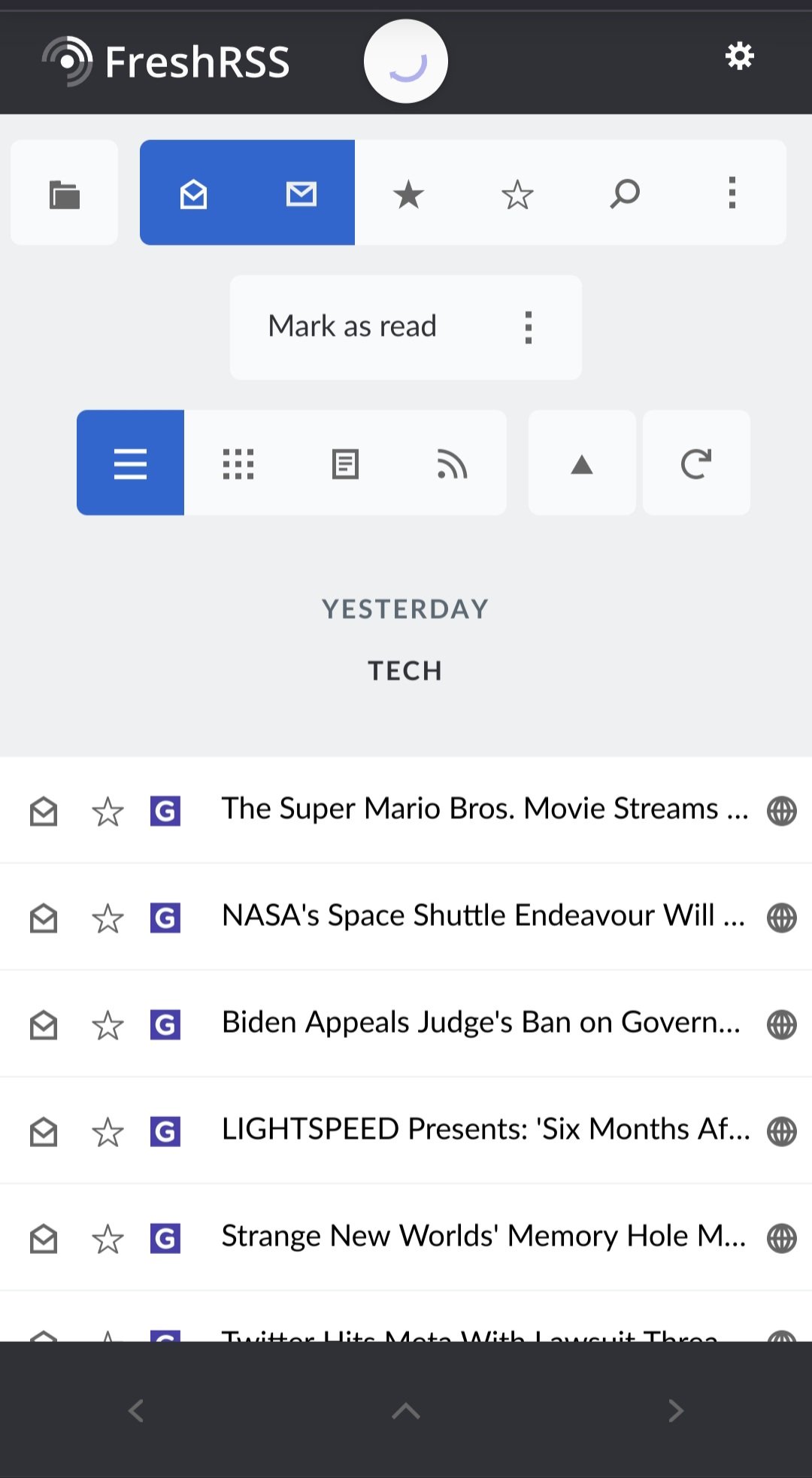
Someology
- 0 Posts
- 23 Comments
If you do not teach proprietary software un schools, you will hobble your students’ job hunting potential. We should ALSO teach open source alternatives, and teach the idea that there are functional alternatives, but a student who has never used the major apps isn’t getting their resume even looked at by a human.
When I use my self-hosted FreshRSS, I have my own copy of the articles that nobody else can see or delete. Sometimes a site will post an article, FreshRSS grabs it, then the site takes it down. I still have it, though, because it was already grabbed. Nobody else is tracking what I’m reading. Nobody else is showing me adds in the middle of my articles. Nobody else knows which ones I favorite. I don’t see or have to exert any effort to ignore user comments. It’s much faster to scroll through the feed, read what you want, mark the rest read, and then done. You can skim a lot of stuff rapidly. but only be bothered with the title of anything you decide not to read.
It is an RSS reader. Like Google Reader was once upon a time. It watches RSS feeds feeds you put in there, and it grabs new articles in the feed (like any other RSS reader). This gives you a copy of an article in a stripped down view saved inside FreshRSS. You can also add things to a feed’s settings like the CSS ID or Class a site uses for their articles, to control what it grabs from the site. Super great app.


I second Merlin! I did this for a few years before I got an actual NAS set up. It’s handy for simple network shares. The only caveat, is depending where you have the router located, heat can cause trouble. And also, since my router is an older model with less memory (AC-68U), sometimes it would freeze up if left running too many days with no reboot. That shouldn’t be an issue now, as they all have more memory. Just don’t stick your router inside a bookshelf where heat can gather, and you should be good to go. It will likely be lower speed than a lot of other NAS options, though, so it truly depends on your needs. But honestly, Asus-WRT-Merlin for the win. I used the SMB option, because you can browse right to it with no special software required from Windows, OSX, or Linux. There are even Android file explorers that can connect right to an SMB share (Solid Explorer rocks).


FreshRSS already has web scraping abilities, and can grab the entire story for truncated feeds almost all of the time, if you add the css container class to the settings for the feed. What does Morss do beyond this?
EDIT After looking, it seems as if it does save the step of looking to see what the CSS class is. But I don’t like the fact that all my RSS feeds then go through and are dependent on one single third party. Seems to somewhat defeat the point of self hosting. I’ll just stick with FreshRSS alone.
EDIT AGAIN I see now that it is open source, but I still don’t see value beyond what FreshRSS can already do.

Convenience.